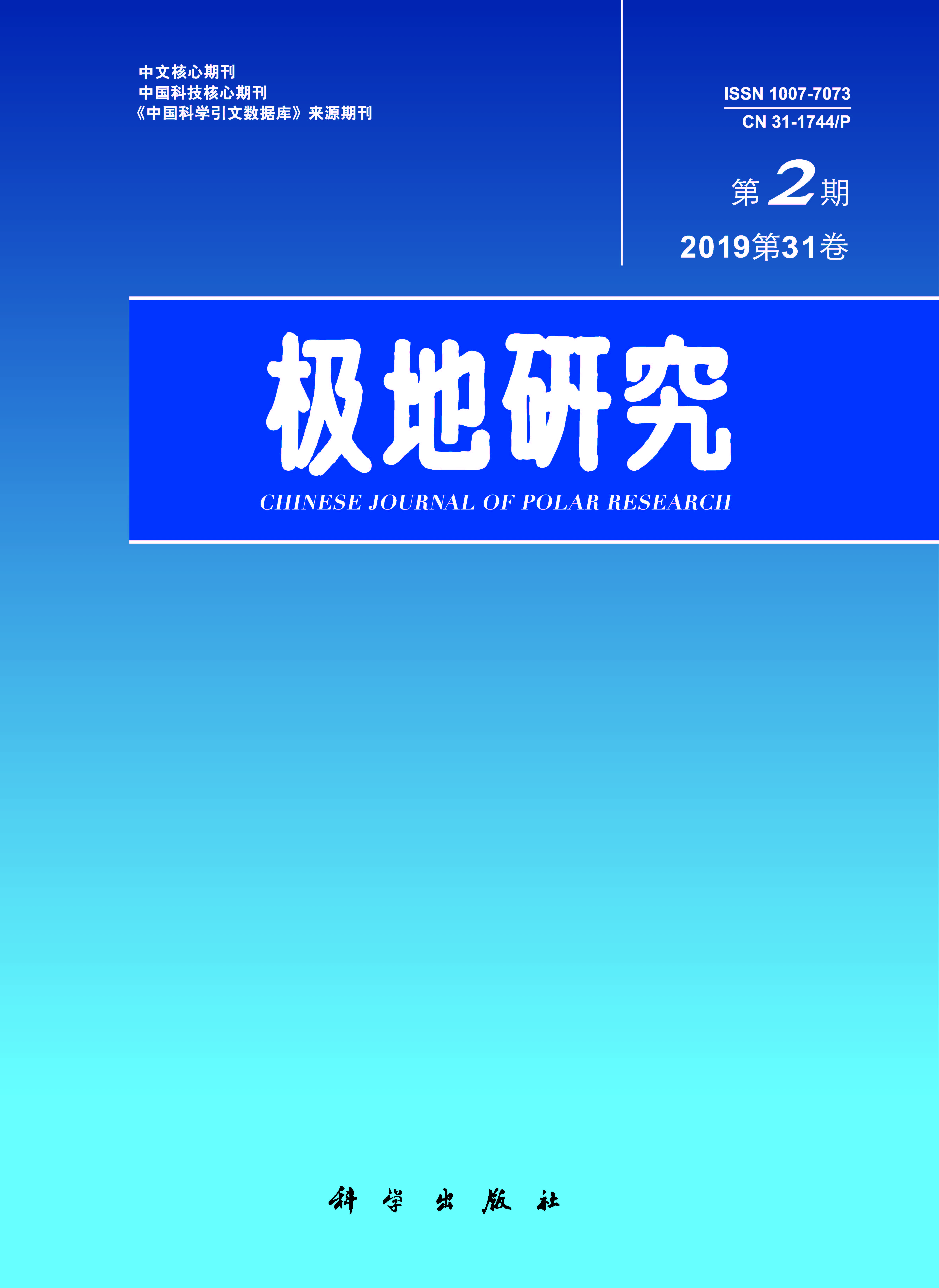Chondrites are stony meteorites that can be classified as enstatite chondrites, ordinary chondrites, car-bonaceous chondrites, K and R chondrite groups. Of these, enstatite chondrites are the most reduced. The evolution of highly reduced conditions of nebulae in the early solar system can be revealed by the metal-sulfide and metal-phosphide composition of enstatite chondrites. This study describes the petrology and mineralogy of a newly discovered meteorite, Grove Mountains (GRV) 13100, as determined using EPMA and Raman spectroscopy. The sample consists mainly of chondrules, matrix, and opaque minerals. The mineral composition of the chondrules and matrix are dominated by enstatite (En90.2–99.5 Wo0.1–4.2) and pyroxenitic glass (En85.0–88.8 Wo0.1–4.1); other components include a small amount of albite (Ab91.0–98.3), cristobalite, and forsterite (Fo98.7–99.9). Opaque minerals include kamacite, troilite, perryite, schreibersite, daubreelite, and niningerite. The content of silicon is 2.23–3.90 wt.%. The characteristic of niningerite is richer in MgS than FeS and MnS. According to the chondrule type, texture, mineral group and mineral composition, especially a large amount of highly reduced metal-sulfide, the sample belongs to enstatite chondrites. Based on our work, GRV 13100 is designated as a group EH enstatite chondrite, of thermal metamorphism grade 4, shock metamorphism stage S2, and weathering degree W2.

